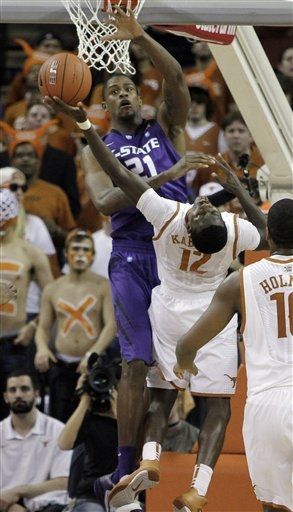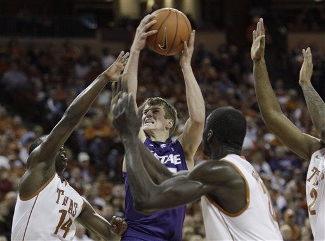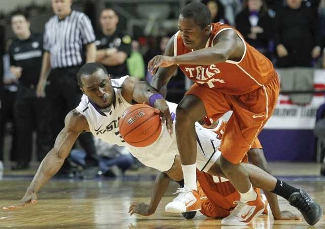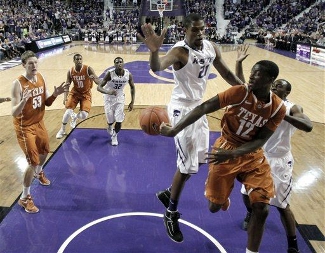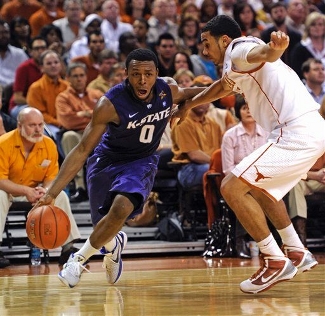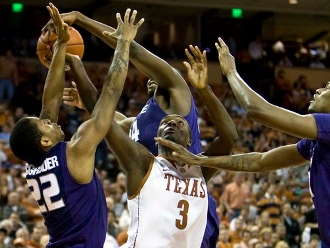Texas Longhorns (12-5 overall, 2-2 Big 12) at #NR/25 Kansas State Wildcats (12-4, 1-3)
Bramlage Coliseum | Manhattan, KS | Tip: 8 P.M. CT | TV: ESPN2
LRT Consecutive Game #204
The Texas Longhorns continue their brief road trip with yet another test, taking on a talented Kansas State team at the always-dangerous Bramlage Coliseum. This is just one more tough match-up for the Longhorns in the midst of a brutal six-game stretch that includes four games against teams currently ranked in the Top 10.
The Wildcats are much better than their conference record would indicate, as they’ve been forced to take on the league’s three best teams — Baylor, Kansas, and Missouri — in their first four games. Kansas State managed to defend their home court against the Tigers, but stumbled on the road against Oklahoma on Saturday.
Coach Frank Martin was so mad with his team prior to the loss against the Sooners that he made five players run stairs for more than two hours rather than practice. One can only imagine what the team has been put through in the three days since that loss, so you can be sure they will be angry and hungry for a win when they hit the court tonight against Texas.
By the numbers
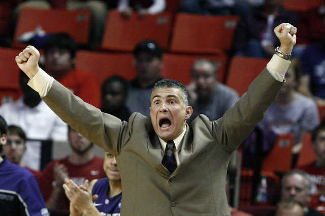
Frank Martin is pumped for the return of Justified
(Photo credit: Alonzo Adams/Associated Press) 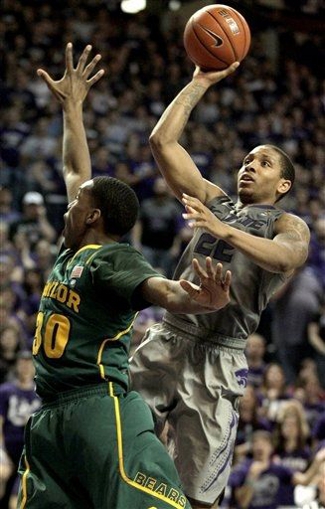
Rodney McGruder has taken charge in Manhattan this season
(Photo credit: Charlie Riedel/Associated Press) 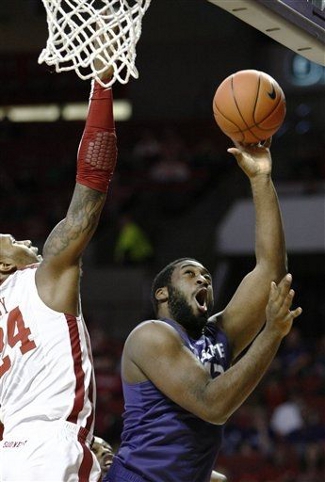
Freshman Thomas Gipson is already making an impact
(Photo credit: Alonzo Adams/Associated Press) |








